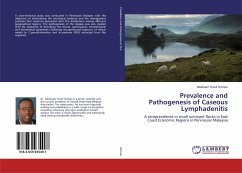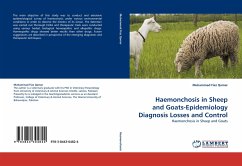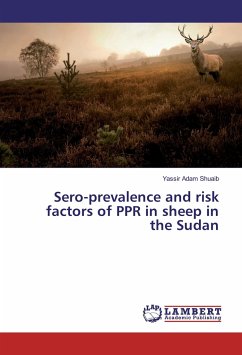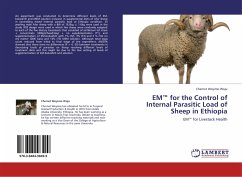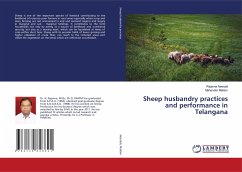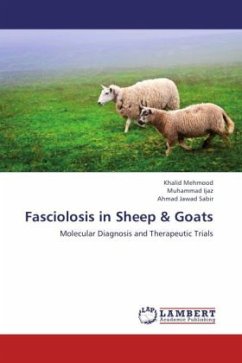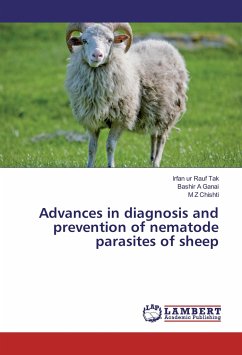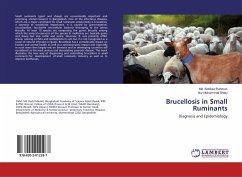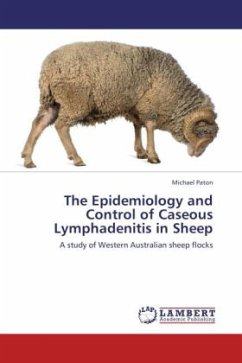
The Epidemiology and Control of Caseous Lymphadenitis in Sheep
A study of Western Australian sheep flocks
Versandkostenfrei!
Versandfertig in 6-10 Tagen
39,99 €
inkl. MwSt.

PAYBACK Punkte
20 °P sammeln!
This research aimed to better understand the epidemiology of caseous lymphadenitis (CLA) and its economic effects on the Australian sheep industries. The work also sought to apply this knowledge to better understand how to control the disease in Australian sheep flocks. It was found that sheep produce approximately five per cent less clean wool in the year in which they are infected. The main routes for the spread of CLA were from sheep with lung abscesses to those with skin cuts and through dips, rather than from an environment contaminated with Corynebacterium pseudotuberculosis bacteria. A ...
This research aimed to better understand the epidemiology of caseous lymphadenitis (CLA) and its economic effects on the Australian sheep industries. The work also sought to apply this knowledge to better understand how to control the disease in Australian sheep flocks. It was found that sheep produce approximately five per cent less clean wool in the year in which they are infected. The main routes for the spread of CLA were from sheep with lung abscesses to those with skin cuts and through dips, rather than from an environment contaminated with Corynebacterium pseudotuberculosis bacteria. A survey of sheep producers found that the prevalence of CLA had decreased from over 50% in the 1970s to approximately 20% in the late 1990s. It also found that current vaccines were being used inefficiently. Large increases in the efficiency of control can be achieved by approximately 70 per cent of producers by using commercially available vaccines and the recommended vaccination programs oftwo doses to lambs and annual boosters to adult sheep.



